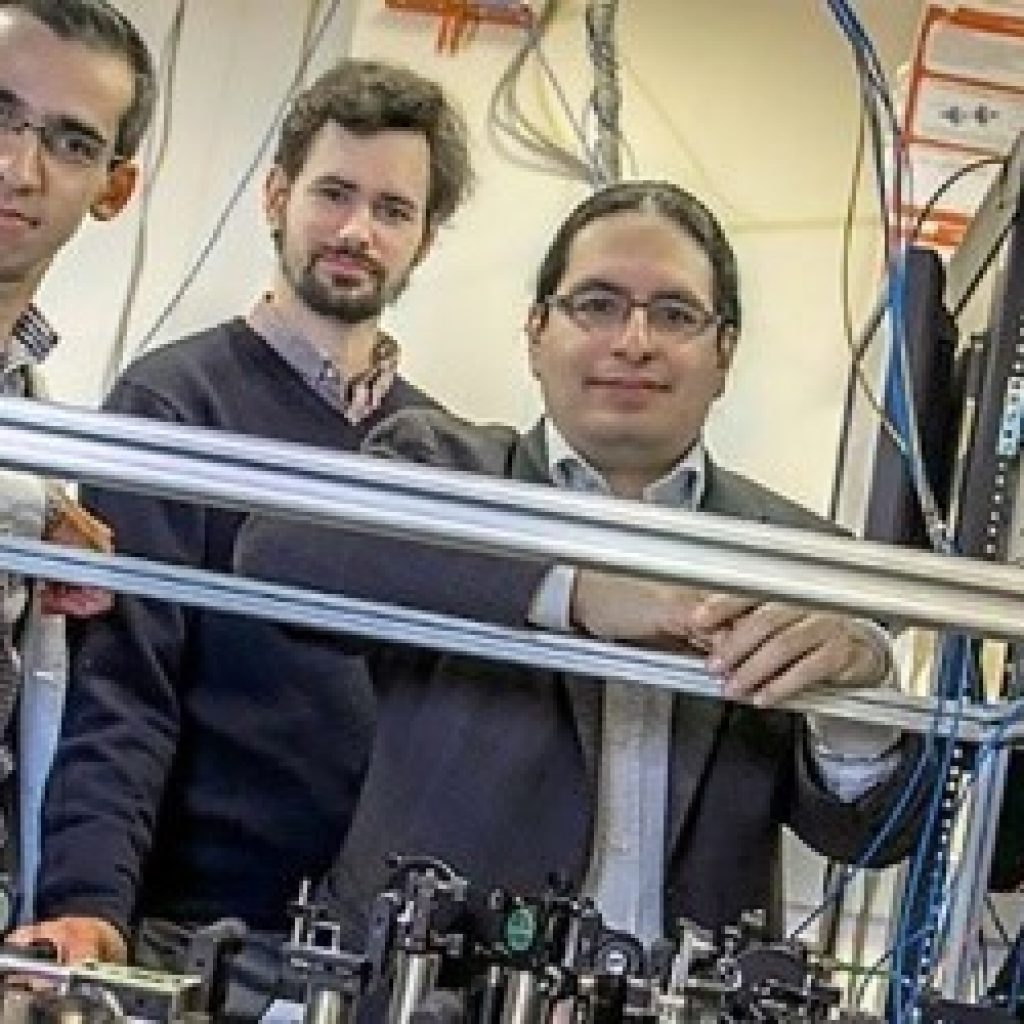(DiscoverMagazine) Eden Figueroa at Brookhaven National Laboratory is profiled by Discover Magazine, introducing him as “one of the world’s pioneering gardeners planting the seeds of a quantum internet”.
Figueroa says his group has transmitted what he called “polarization states” between the Stony Brook and Brookhaven campuses using fiber infrastructure, adding up to 85 miles. Kerstin Kleese van Dam, director of Brookhaven Lab’s Computational Science Initiative, says it is “one of the largest quantum networks in the world, and the longest in the United States.”
Next, Figueroa hopes to teleport his quantum-based messages through the air, across Long Island Sound, to Yale University in Connecticut. Then he wants to go 50 miles east, using existing fiber-optic cables to connect with Long Island and Manhattan.
Kleese Van Dam says that although other groups in Europe and China have more funding and have been working much longer on the technology, in the U.S. “[Figueroa] is leading when it comes to having the knowledge and the equipment necessary to put together a quantum network in the next year or two.”
David Awschalom, a legend in the field who is a professor of spintronics and quantum information at the University of Chicago’s Pritzker School of Molecular Engineering and director of the Chicago Quantum Exchange, calls Figueroa’s work “a fantastic project being done very thoughtfully and very well. I’m always cautious about saying something is the biggest or fastest.”
A problem that neither Figueroa nor Katramatos (nor any other quantum engineer in the world) has fully figured out so far: how to successfully transmit quantum-entangled photons via fiber-optic cables past a barrier that appears around the 60-mile mark. Beyond it, photons unintentionally interact with the cable, its housing or even sunlight from above-ground, thereby destroying its entanglement.
The proposed solution, Figueroa explains, is something called “entanglement swapping.” And quantum engineers around the world are competing to apply the concept to a working prototype.
“The idea has by now been around for 20 years,” says Mikhail Lukin, a leading quantum theoretician and experimentalist at Harvard University. “Up to now, no one has succeeded in building one capable of being used in a practical application. As far as I understand, that’s what [Figueroa]’s group is trying to do.”
Discover Profiles Eden Figueroa as “. .Pioneering Gardener Planting Seeds of Quantum Internet”
